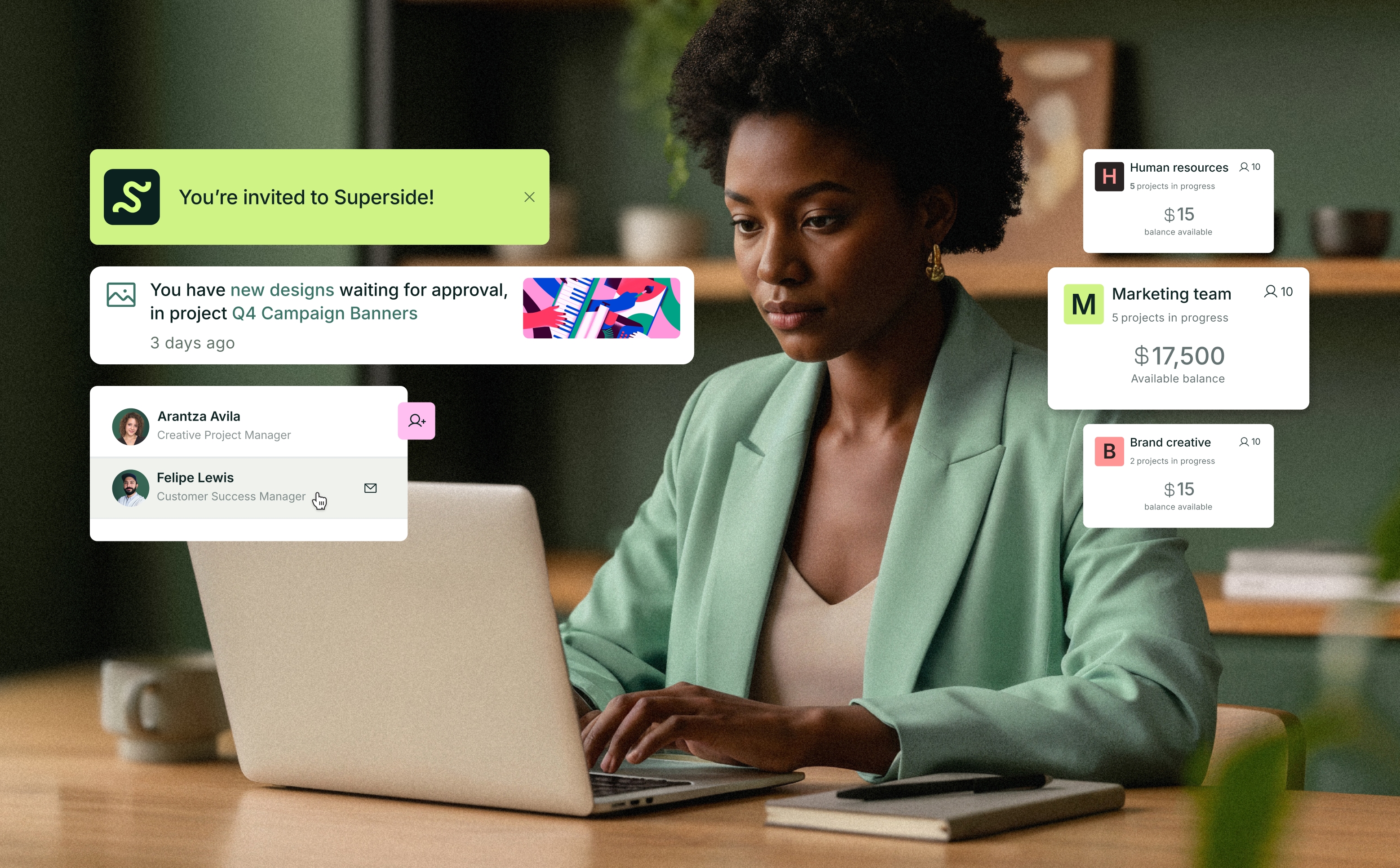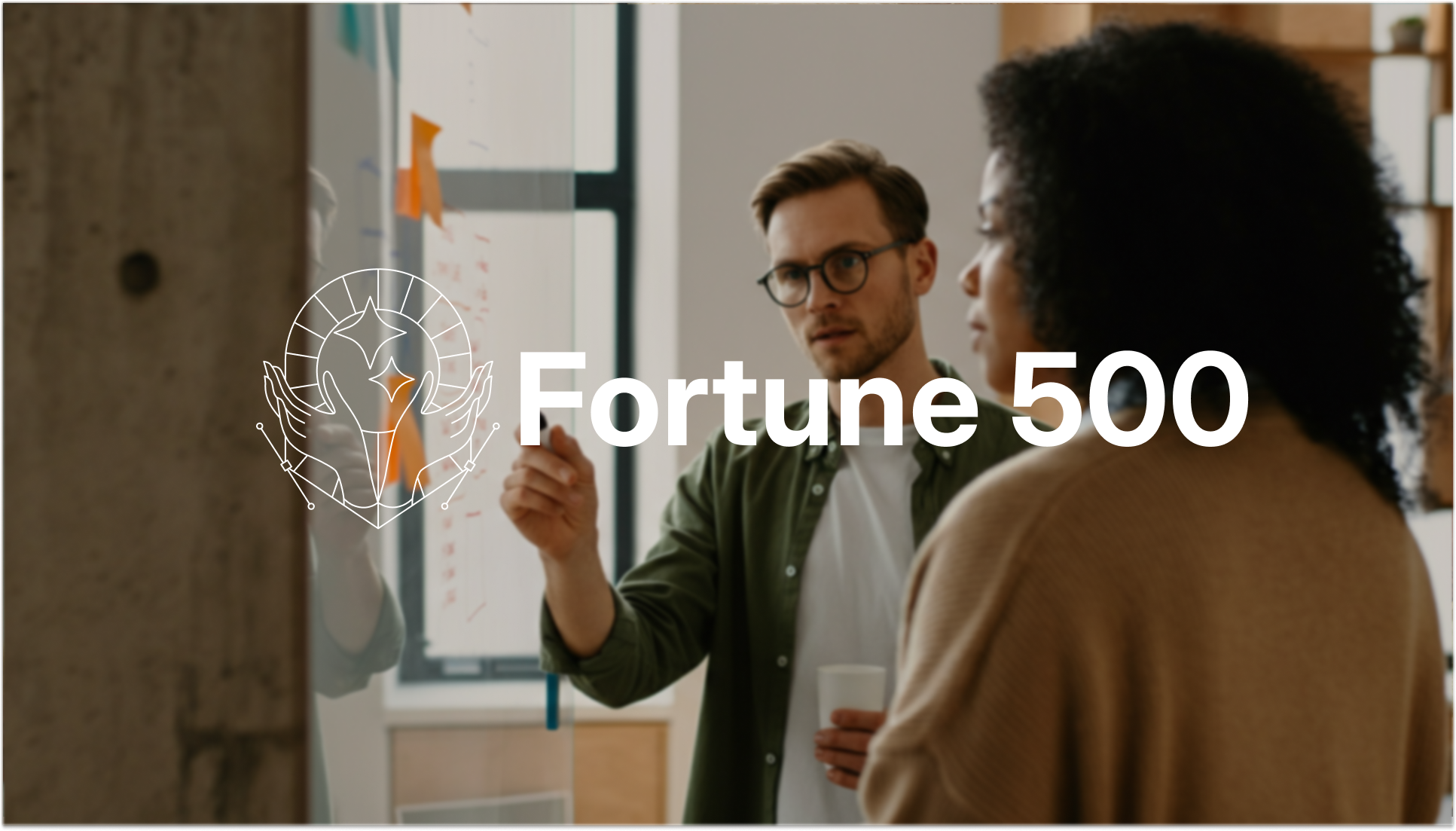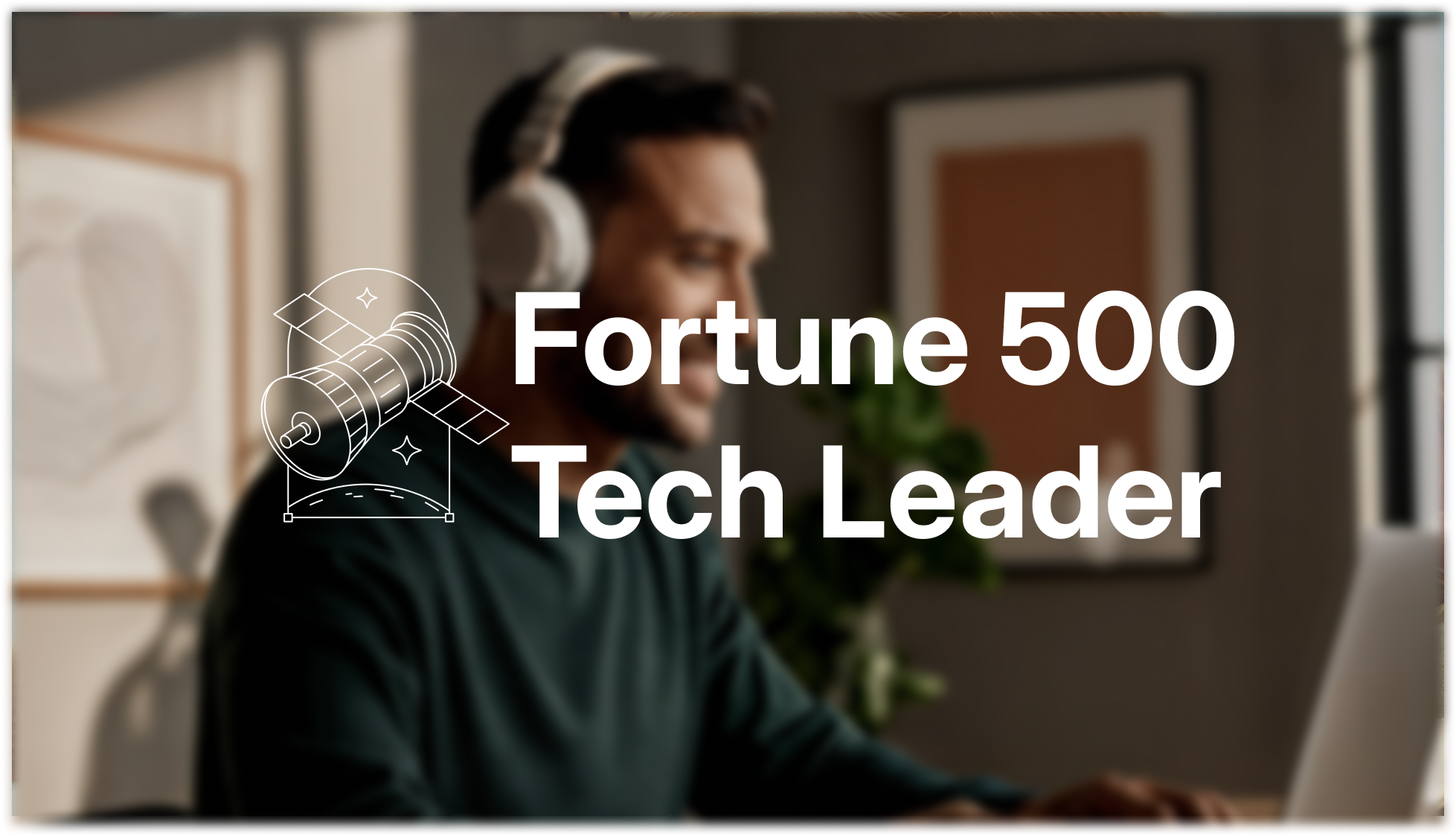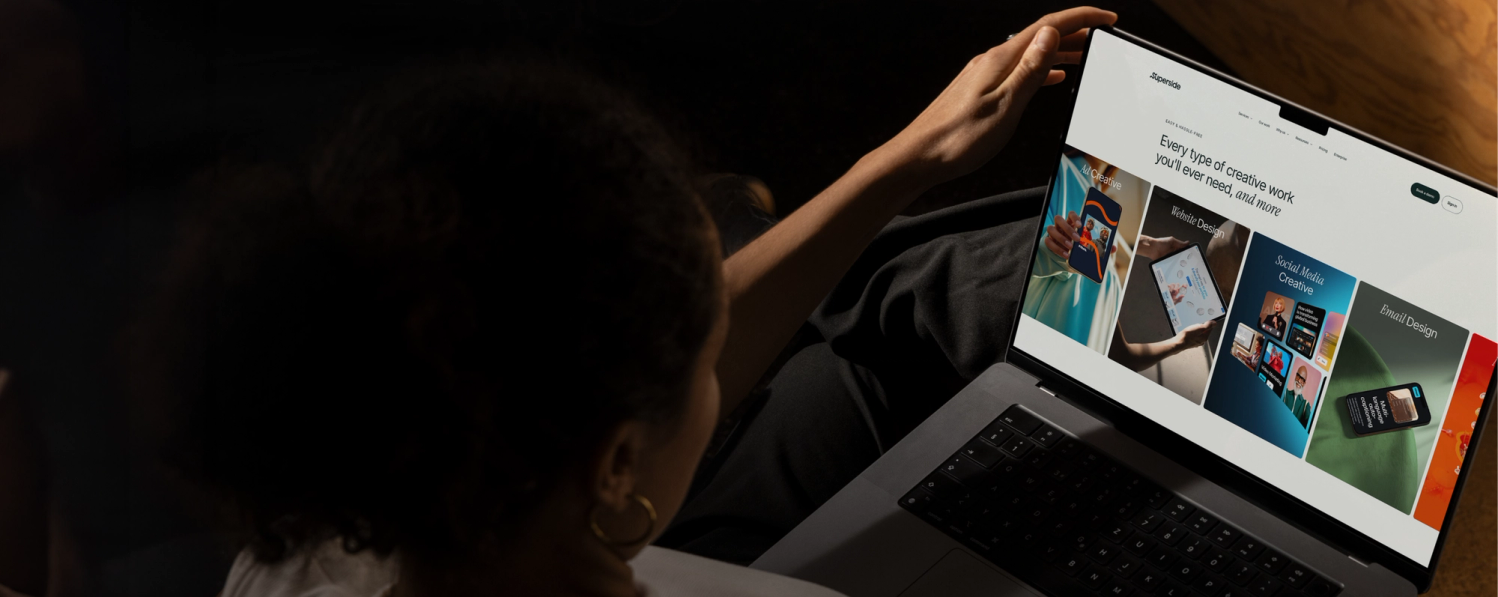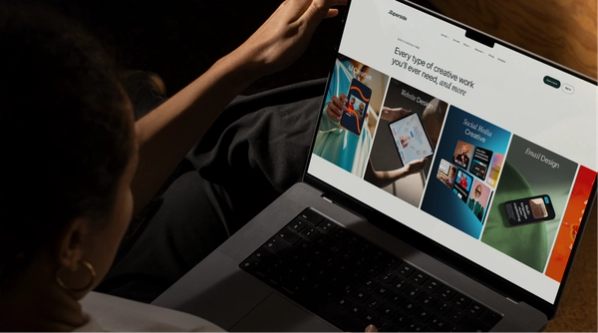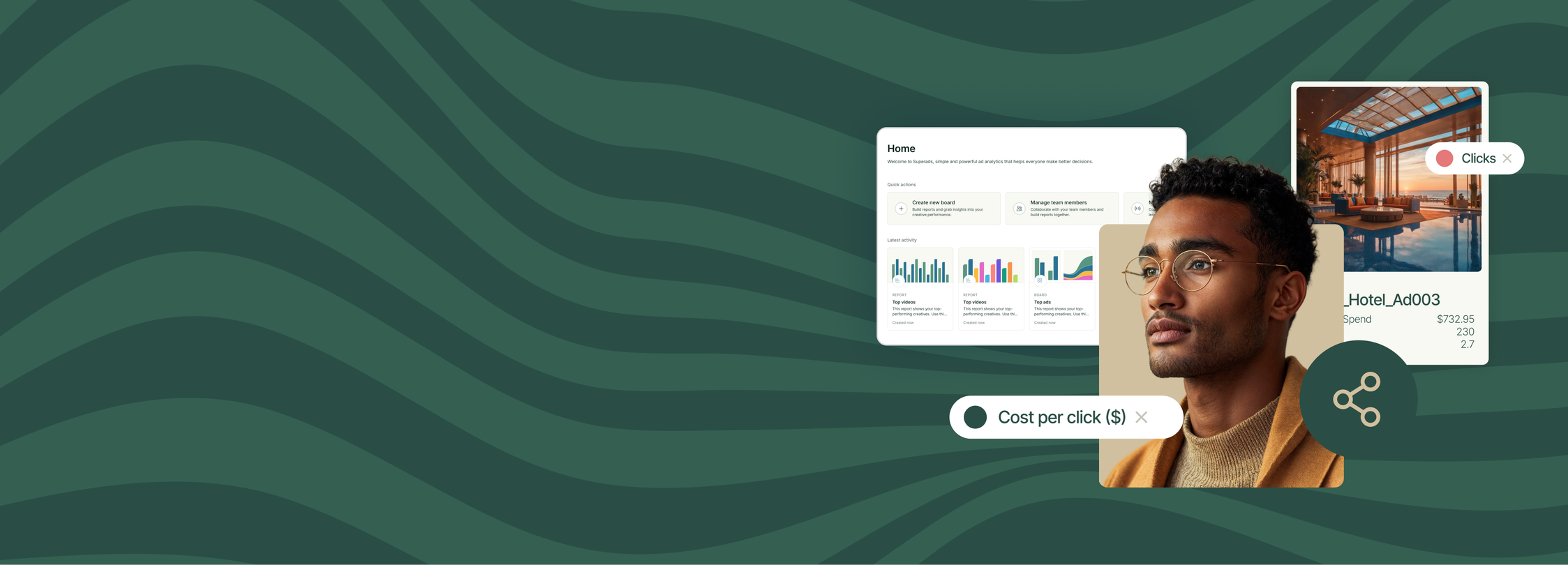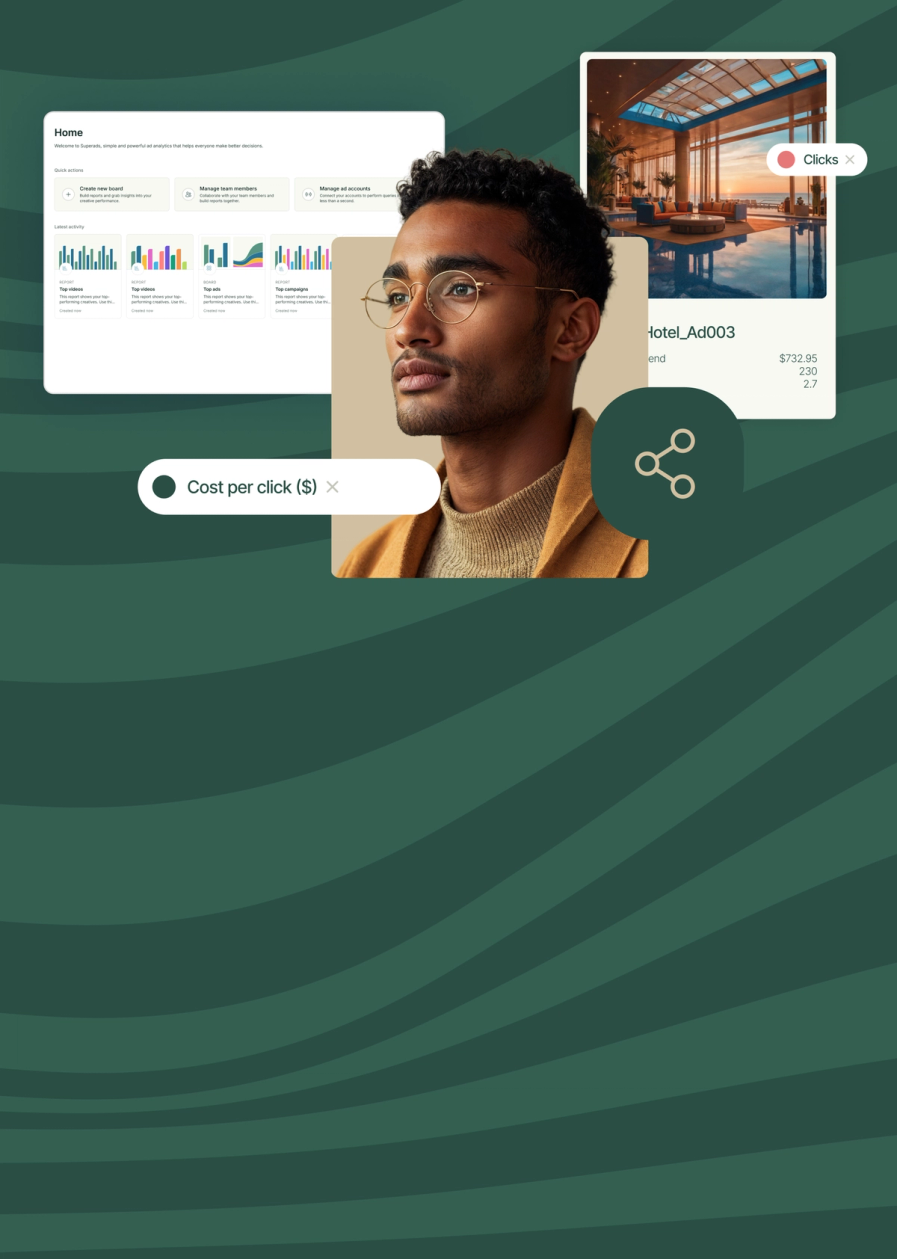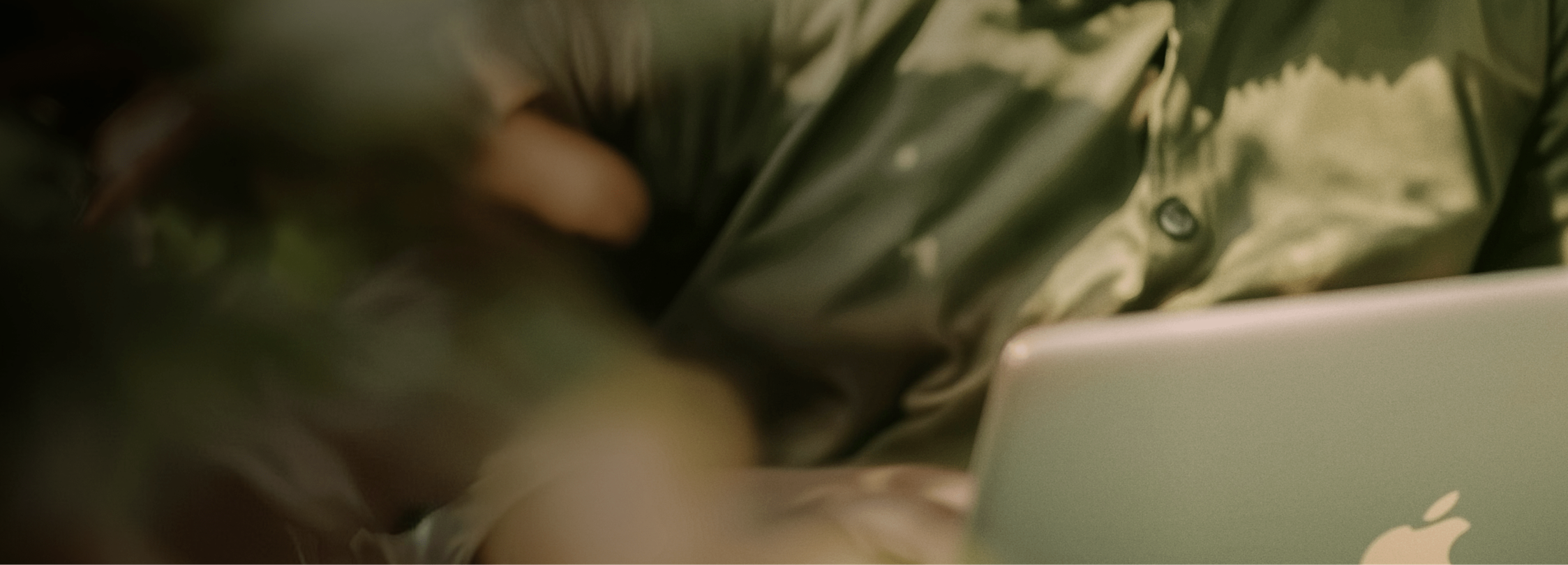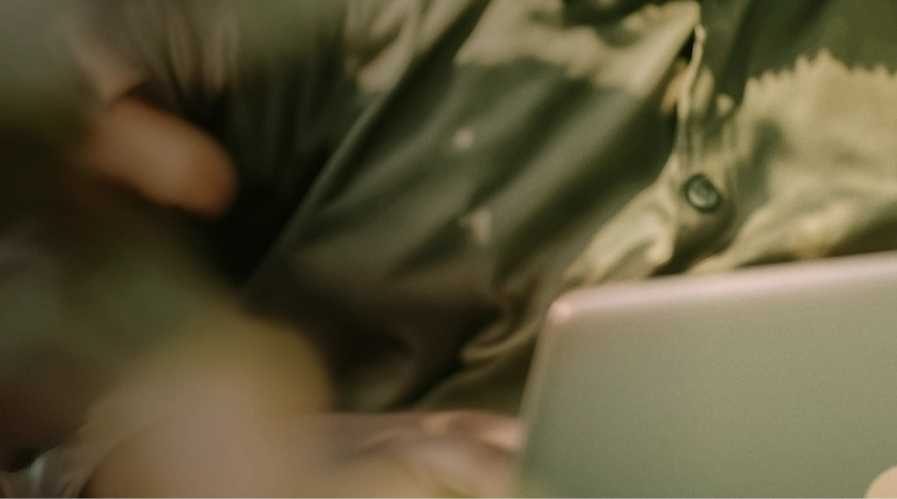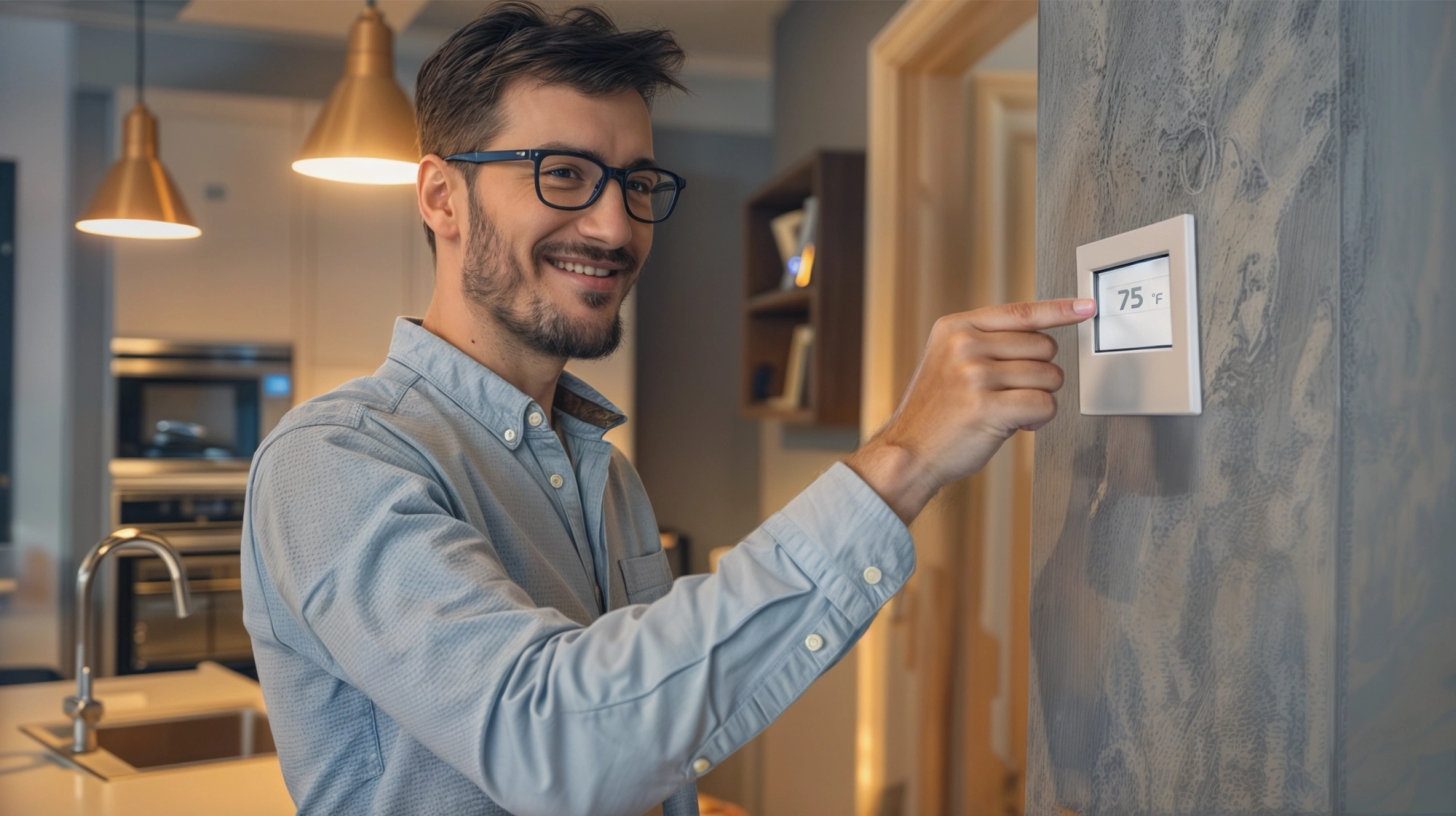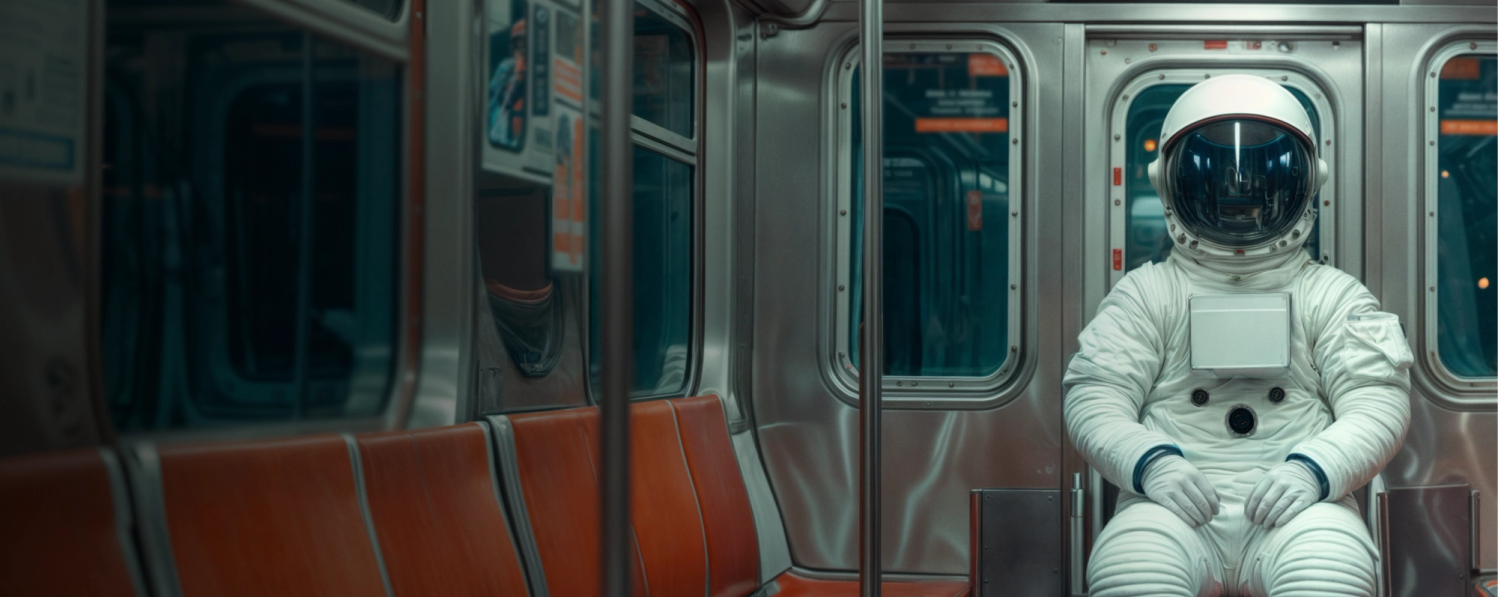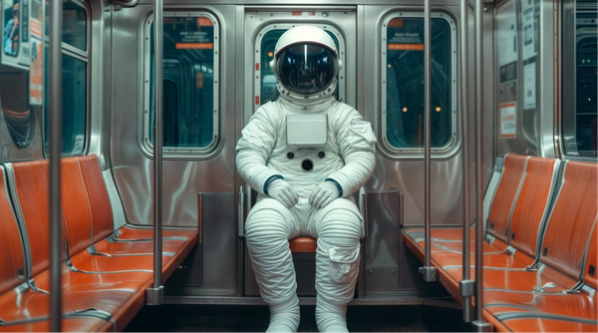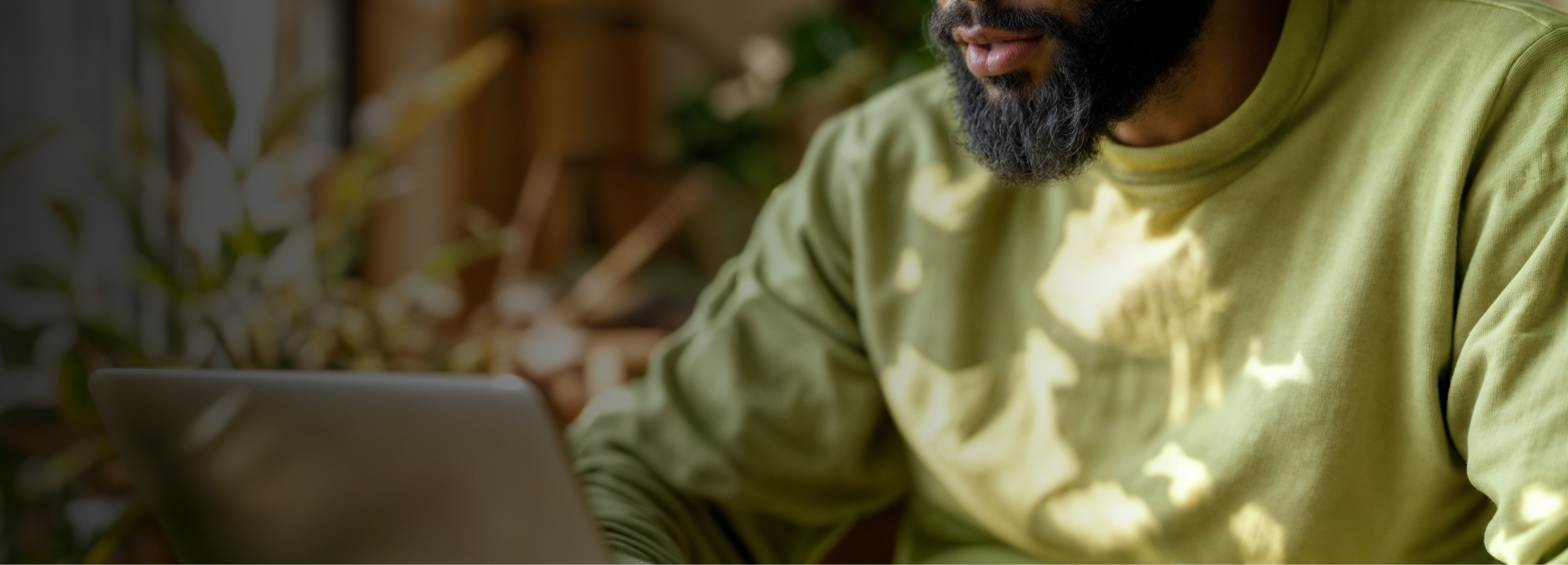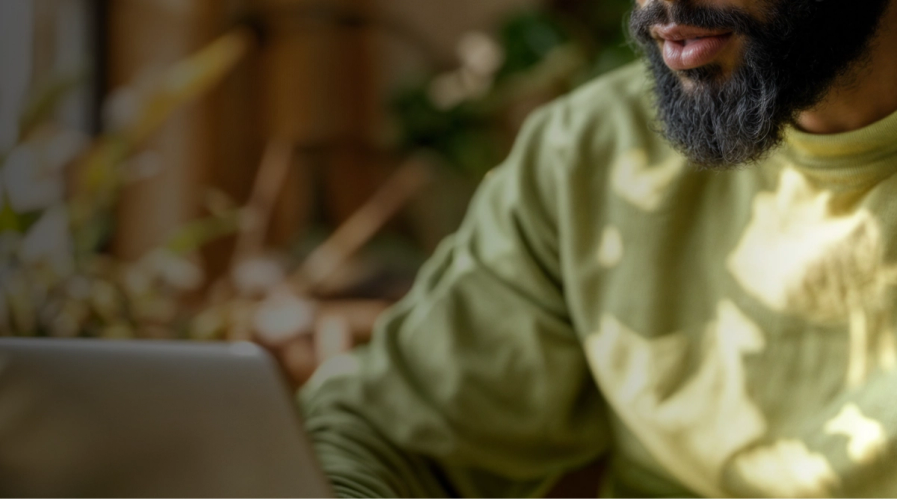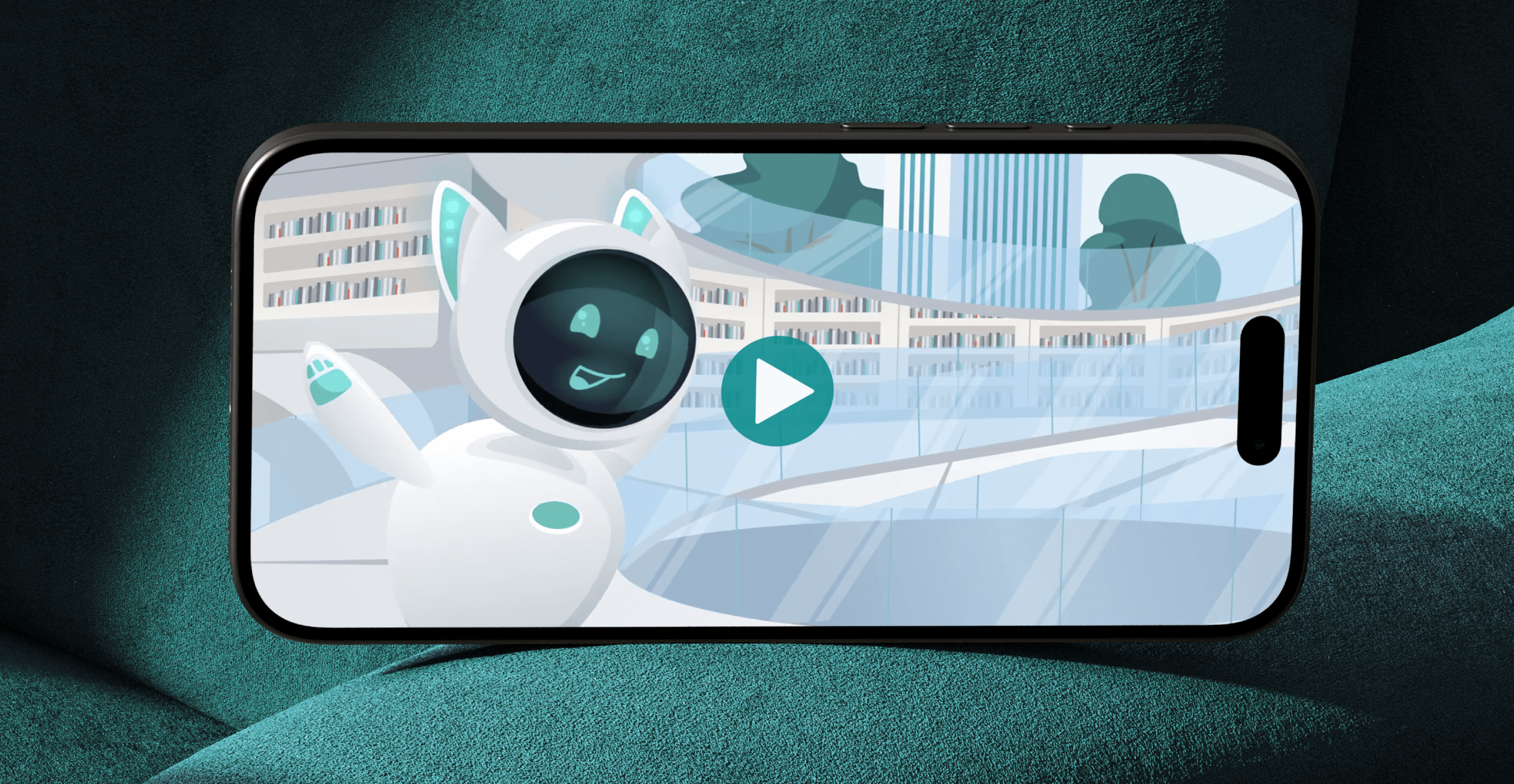
In 2025, brand storytelling blends compelling, emotive narratives with data-driven precision. Read on for a detailed look at why a creative storytelling strategy is key to brand success and how brand storytelling has shifted in recent decades, with great brand storytelling examples to boot.
Everyone loves a good story. Your brand’s target customers are no exception.
People respond to real-life challenges, relatable characters and authentic, compelling narratives. In fact, brand storytelling should form a key part of any marketing strategy, as it helps brands build meaningful connections and long-term customer relationships.
Over the past two decades, brand storytelling has undergone a significant transformation. Thanks to the rise of social media, user-generated content and influencer marketing, brands can now tell their stories in more ways than before.
Currently, audiences are seeking content that resonates on a deeply personal, localized level. Brands that combine AI-powered insights with human creativity to craft emotionally resonant stories are leading the pack.
At Superside, we’ve mastered the art of creative storytelling at scale, constantly working at the intersection of creativity and analytics to tell unforgettable stories. In this article, we share insights to help you craft a creative storytelling strategy, plus a selection of our favorite brand stories.
Why brand storytelling is still a powerful marketing strategy
In an era where brands vie furiously for audiences’ limited attention, telling a great brand story—on multiple platforms, in various ways—is more critical than ever.
People inherently connect with stories, as it’s a primal form of communication that taps into universal archetypes shared across cultures. Compelling brand storytelling can help you establish an emotional connection with your target audience, creating a sense of authenticity that instantly humanizes your brand.
As narrative creatures, people are 22 times more likely to remember a good story over other forms of messaging. Research also indicates that businesses with compelling brand stories can increase customer loyalty by up to 20% and boost conversions by 30%.
Today’s digitally savvy Gen Z audience is also extremely socially conscious. They not only expect brands to demonstrate a clear sense of purpose and strong values in their messaging but seek out brands that align with their beliefs and aspirations.
Compelling brand storytelling can help you convince these younger audiences that your brand values align with theirs—the perfect way to start a long-term trust relationship.
The rising role of data in shaping brand stories
The days when marketers could depend on gut instincts and assumptions about their audiences are behind us. Marketing is shifting from intuition-based to insight-led approaches, with data-driven storytelling now essential for building trust, growing audiences and fostering brand loyalty.
To capture the attention of target customers today, your brand’s narrative must flip the script and make the customer, rather than the brand, the hero of the story. This requires a deep understanding of your ideal customers—a process made easier by AI and machine learning (ML).
Once you understand your target customers, creative performance data can also reveal where campaigns resonate most and where adjustments are needed, ultimately leading to greater success.
Data creative teams rely on for strong brand storytelling include:
- Audience segmentation: This process involves dividing your broader audience into specific groups based on shared characteristics such as demographics, interests, behaviors or values. This detailed data allows creative teams to tailor messaging and content that resonates deeply with each segment.
- Ad performance: Some formats and marketing channels perform better than others for reasons that can’t always be predicted. Ad performance data enables you to determine whether, for instance, your video content is gaining traction beyond your Instagram carousels and where adjustments are needed.
- Messaging tone and emotional triggers: Engagement metrics (e.g., click-through rates, time spent on content, shares and comments) provide valuable feedback on how audiences respond to different tones and emotional appeals. By analyzing these metrics, creative teams can identify which messaging styles and emotional triggers (e.g., humor, nostalgia, empathy or inspiration) resonate most.
Manually combing through the vast amounts of available data is almost impossible, which is why most creative teams rely on top-performing analytics tools like Superads.
Many of these tools offer iterative feedback loops that allow you to make on-the-fly changes and test alternatives, giving you the power to refine your ads.
Brand storytelling in 2025: How creative teams approach narrative today
In an ideal world, creatives would have all the time, space and data they need to spend their days crafting compelling, emotive stories. In reality, this is a huge ask.
In our recent ’Overcommitted’ report, we discuss a massive disparity between the demands on creatives’ time and energy and their capacity.
Across the board, creative teams are stretched thin, struggling and overwhelmed. Concerningly, 76% of creative leaders report that they and their teams are burned out from high workloads, partly driven by the perception that everything is an urgent priority. Creative productivity and morale are suffering.
A significant reason for this unsustainable status quo is the rising demand for faster work, with both customers and executives demanding turnaround times to match the dizzying speed at which digital media moves without compromising on quality. Developing bold, creative campaigns takes time, and pure skill isn’t always enough when teams are under pressure.
Top creative leaders understand that outsourcing some tasks is one of the most effective ways to unblock some of these bottlenecks. In fact, 85% of leaders agree they’d benefit from more effective outsourcing.
Traditionally, marketers working on enterprise brand storytelling have turned to agencies and freelancers to fill this gap. However, branding agencies can be expensive, top-heavy and slow, while agile and affordable one-man-band freelancers aren’t always 100% reliable.
Increasingly, creative teams are using AI to expedite processes. However, today’s AI tools can only do so much on their own. Skilled individuals are still required to maximize their potential.
For leading brands like Amazon, Salesforce and Reddit, Superside has become a lifesaver.
As the world’s leading AI-powered creative service, we combine a global team of top-tier creatives, advanced AI tools and workflows, and a robust project management platform to deliver high-quality work—faster and more cost-effectively than traditional agencies.
10 brand storytelling examples to inspire you in 2025
Need inspiration? We’ve gathered 10 strong brand storytelling examples, ranging from work by creative newcomers to established legacy brands. Some of them are scaling their creative with Superside: if you know, you know.
1. Goettl by Superside
As a heating, ventilation and air-conditioning brand with nearly a century of history and a strong regional presence, Goettl was looking to refresh the messaging around its brand promise: Comfort, reliability and warmth at home. The brand turned to Superside for help building on its long legacy of excellence and loyal customer base.
Goettl needed to convey its brand message of “comfort at home” through digital media on a large scale and in a way that would resonate with modern audiences. This was an excellent opportunity for Superside to integrate brand storytelling with an existing, well-crafted brand personality.
The creative need: Goettl required an extensive new image library featuring families in comfortable, familiar environments across various seasons and settings.
Superside’s mission was to create a series of cozy spaces reminiscent of living rooms in winter, summer family barbecues, and nostalgic images, such as kids brushing their teeth in warm, well-lit bathrooms.
Going beyond stock photography, our images had to tell a story evoking warmth, comfort and a sense of family. The visual narrative had to be relatable and authentic, plus suitable for digital ads, social media campaigns and website content.
Superside’s storytelling solution: One option would have been a traditional photoshoot, but this would have been time-consuming, expensive and logistically complex. Instead, Superside suggested using AI—not just to save on production but as a creative storytelling enabler that traditional media couldn’t match.
We developed a series of structured AI workflows to create a custom photo library that visually conveyed Goettl’s core story: Families experiencing joy, connection, comfort and peace of mind, driven by Goettl’s excellent service and reliability.
We used a series of tools to build Goettl’s brand story:
- ChatGPT to ideate storytelling prompts and creative direction.
- Midjourney to generate our first images, which would emphasize the brand’s emotional tone and context.
- Photoshop to refine images and include real product visuals.
- Magnific AI to enhance resolution and details, ensuring our final product would match the quality of professional photoshoots.
Images included a dad fixing his daughter’s bike in a cooled garage, a couple sharing coffee in a cozy kitchen and a child stepping out of a warm bath. These micro-moments humanized the brand and connected its services to emotions and experiences familiar to its target customers.
The results: With Superside’s help, Goettl adopted modern brand storytelling techniques, leveraging data and AI to deliver standout campaign materials. We created a series of 215 AI-generated, on-brand visuals, each telling an emotionally relevant micro-story closely aligned with the brand.
Through the innovative use of AI and digital tools, we achieved an 87% reduction in design hours compared to a traditional photoshoot—with arguably stronger results. Plus, the campaign could be shipped at much higher speeds, enabling Goettl to test new stories and images quickly—and pivot the approach as needed.
Superside exceeded Goettl’s expectations. As a creative partner for storytelling, we built an extensive library of images that could live across all touchpoints, reinforce key messaging and evolve with the brand over time.
2. Airbnb
(Source: Airbnb)
Airbnb’s brand story focuses on the possibilities of creating a global community through unique, local and personal travel experiences outside the well-trodden tourist pathways. Its audiences aren’t interested in the travel platform’s metrics or technology: They’re interested in the authentic experiences Airbnb can offer them.
The company capitalizes on this through its “Host Stories” hub, which features personal stories highlighting the diverse backgrounds and experiences of its hosts. This adds a strong human dimension to the brand and creates a sense of excitement, possibility and connection. It’s also a great example of creative video content that aligns with modern audience expectations.
3. Warby Parker
Eyeglass brand Warby Parker employed brand storytelling techniques to create a fun take on an everyday product that most people use out of necessity rather than desire. It correctly identified its audience’s major pain point: “Glasses are expensive and not much fun.” It then developed a brand identity centered on the solution to this problem.
The brand’s “How Warby Parker Glasses Are Made” video is an excellent example of centering the customer while making it clear that this is a brand that understands their needs and knows how to address them. The entire brand narrative, from its website to the brand’s commitment to social responsibility programming, reflects a story about accessibility and a can-do attitude.
A consistent voice and personality masterfully support the brand’s well-crafted storytelling approach.
4. Spotify
(Source: Spotify)
Spotify’s “Wrapped” feature uses data-driven storytelling to deliver a highly personalized brand experience. Every December, Spotify users receive a personalized story summarizing their music tastes and listening patterns for the year.
The regular release date just before the end-of-year holidays has become something of an annual tradition, marking the end of the year. Presented in a familiar “story” format, the content is designed to be shareable. Its presentation encourages users to share their stories on social media, helping Spotify grow its audience year after year.
The results speak for themselves: In 2021, nearly 60 million Spotify Wrapped stories were shared on social media, leaping to 156 million engagements with Wrapped in 2022. It’s an excellent example of effective data-led branding.
5. Nike
(Source: Nike)
Nike’s “Just Do It” campaign, launched in 1988, is deservedly famous.
Long before the emergence of social media and viral videos, the global sports brand released a one-minute TV commercial to mark Michael Jordan’s retirement, concluding with the iconic swoosh and the “Just Do It” tagline. Decentering the brand itself in favor of a moving, emotionally resonant story of an inspirational athlete was a risk that paid off.
Today, Nike uses multiple channels, including social media, to share inspirational stories about athletes, creating an unbreakable link between these narratives and the brand’s identity. From South African Olympian Caster Semenya to NFL player Colin Kaepernick, the “Just Do It” campaign has remained a consistent presence, helping to grow the brand.
6. Burt’s Bees
(Source: Burt’s Bees)
Personal care brand Burt’s Bees built its brand story around the character of its founder, Burt Shavitz.
The company often shares how Burt started out selling honey from his yellow truck on the side of the road in Maine, using these humble beginnings to emphasize the brand’s commitment to natural ingredients and authenticity. This storytelling helps Burt’s Bees connect with customers who value simplicity and a close relationship with nature.
This personal touch reconnects the now-global brand with its origins, blending Burt’s folksy wisdom and distinctive personality with the company’s products. It creates a strong link between Burt’s larger-than-life character and the brand, reinforcing authenticity and trust
Burt’s Bees offers a great lesson in the power of authenticity. The company has remained consistently true to its roots, the brand’s core values and its founder’s ethos, building lasting loyalty and recognition.
7. Patagonia
(Source: Patagonia)
Outdoor clothing brand Patagonia was founded in the 1970s, long before “sustainability” became a corporate buzzword.
From the outset, founder Yvon Chouinard was committed to shaping the brand around his core values of social and environmental responsibility. At a time when few others were doing so, he emphasized low-impact products that minimized environmental harm and spread the message of sustainability.
Patagonia has firmly maintained an environmentalist outlook as a core part of the brand’s unique story. In 2011, it ran its famous “Don’t Buy This Jacket” campaign, turning the usual consumerist Black Friday campaign on its head.
For Patagonia, storytelling has been a core aspect of its branding since its inception, reflecting an authentic, consistent values-based identity.
Today’s audiences, especially digitally savvy Gen Zs, are quick to pick up when brands are simply jumping on a trend or paying lip service to turn a profit. Patagonia’s approach offers a masterclass in the connection between authenticity, brand values and effective storytelling.
8. Dove
(Source: Dove)
Cosmetics company Dove launched its now-iconic “Real Beauty” campaign in 2004, highlighting the unrealistic beauty standards prevalent in the industry. This was in an era marked by toxic standards for women, on the back of the “heroin chic” look popularized in the 1990s and dominated by crop tops and low-slung skinny jeans.
In this environment, Dove’s campaign was a breath of fresh air, using realistic, untouched images to celebrate diverse looks, faces and bodies. Dove has maintained this ethos for over 20 years, including commissioning studies on the impact of beauty advertising on girls’ and women’s self-esteem.
Recent campaigns include the #NoLikesNeeded campaign to reduce the impact of social media and influencer culture on self-image. It has also committed to never digitally altering images of its models, recognizing the harmful effects of overly Photoshopped and AI-generated images.
Dove offers a great example of consistent messaging and brand voice across channels and regions, complemented by coherent and strong storytelling.
9. Fenty Beauty
(Source: Fenty Beauty)
When Rihanna launched her cosmetics brand, Fenty Beauty, in 2017, her inclusive vision of “Beauty For All” served as a wake-up call for the cosmetics and beauty industry. It was the first major brand to cover a full range of skin tones, including subtle undertones and shade differences across the spectrum.
This wasn’t just about reaching an underserved market or increasing market share. Fenty Beauty built its brand around a message of inclusivity, emphasizing that all people should be represented equally in the industry.
This authentic approach is reflected in the brand’s storytelling and its highly consistent identity. Its messaging extends not only to skin color and culture but also to diverse body types and gender nonconformity.
The brand makes use of relatable language and content, including a focus on user-generated content, hashtag campaigns and a welcoming, warm social media voice.
10. Pizza Hut
(Source: Pizza Hut)
Pizza Hut offers a great example of brand storytelling that uses the brand’s unique voice to respond playfully to viral content.
In 2023, an AI-generated satirical commercial for “Pepperoni Hug Spot” went viral, using elements of Pizza Hut’s visual identity. Instead of complaining about the AI transformation of its intellectual property, Pizza Hut saw an excellent opportunity to connect with Gen Z, a market they had been struggling to tap into.
Across Canada, Pizza Hut stores were rebranded as “Pepperoni Hug Spot,” turning AI fantasy into reality—complete with real pizza.
The campaign resulted in a 78% leap in organic impressions and 20 million impressions in just 48 hours, all through the power of storytelling, humor and connection. Pizza Hut was able to use its existing emphasis on fun, playfulness and youthful energy to turn a viral moment into a brand storytelling win.
Don’t just tell a story—make it count
Brand storytelling is at the heart of successful marketing. In 2025, however, storytelling isn’t just about creative firepower. The most impactful brands leverage data-informed, multi-format storytelling to outshine those that rely on intuition.
Partnering with Superside can help you deliver high-performing, scalable brand stories that drive results. We understand the challenges creative teams face and know how to support you most effectively while keeping your brand narrative compelling, clear and cohesive across every channel.




